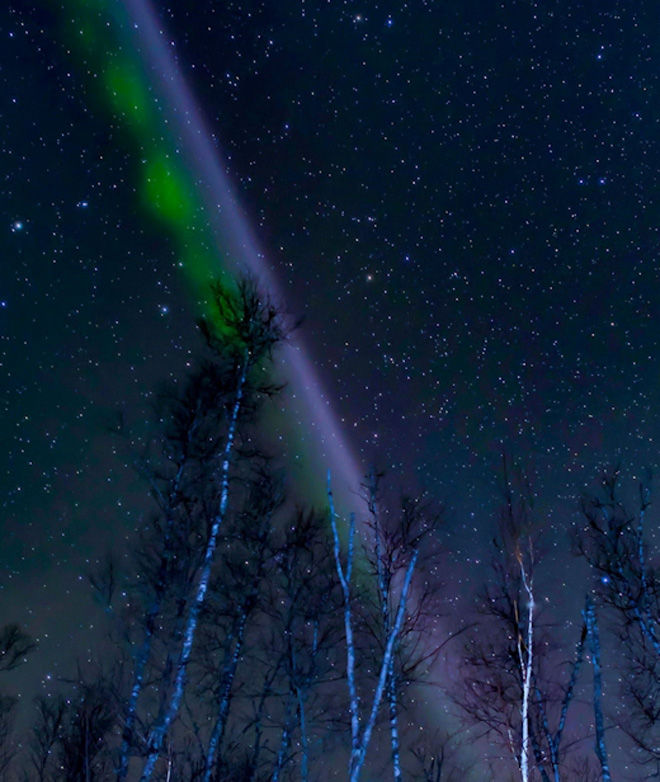
| Added | Mon, 27/08/2018 |
| Источники | |
| Дата публикации | Sat, 25/08/2018
|
Recently opened, the phenomenon of "Steve" was originally associated with auroras, but it can be far from the truth. A group of researchers combined satellite data with ground-based images of "Steve" during geomagnetic storms, to investigate how it is formed. According to lead author of the study BEA Gallardo-Lacourt from the University of calgary in Canada, the main conclusion made by scientists is that "Steve" is not Aurora.
"Steve" ("strong enhancement of thermal radiation" (Strong Thermal Emission Velocity Enhancement, STEVE) — it's purple, sometimes with inclusions of emerald, ribbon of light, which Amateur astronomers in Canada photographed decades. She belatedly caught the attention of the scientific community in 2016. It's not really like the Aurora, but a streak of light often appears near the Aurora during geomagnetic storms. Another study showed that "Steve" appears most often in spring and autumn.
Auroras occur when energized particles from space enter the Earth's atmosphere during geomagnetic storms. If "Steve" is the kind of Aurora, the scientists reasoned, it must be formed the same way. 28 Mar 2008 "Steve" appeared over Eastern Canada at the same time as the satellite POES-17, is able to detect the charged particles that cause auroras. The satellite flew directly over purple ribbon. A team of scientists carefully examined the old data and found ... nothing. The results confirm that "Steve" is clearly different from the Northern lights, as characterized by the absence of charged particles. Interestingly, its glow can be generated by a new and fundamentally different mechanism in the ionosphere.
Translated by «Yandex.Translator»
© Greg Ash | Spaceweather.com
Translated by «Yandex.Translator»
Log in or register to post comments

